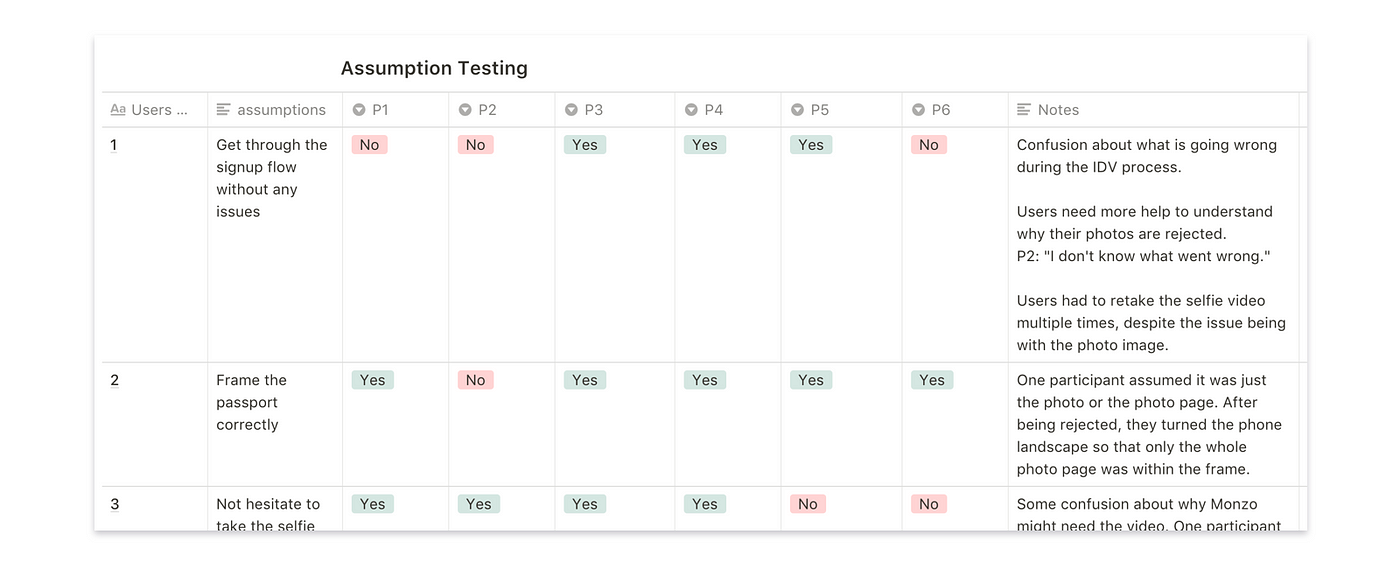User Research Plans: Collection of resources
Dec 1, 2022 . 4 min read . 203 views
title: 'User Research Plans: Collection of resources' publishedAt: '2022-12-01' summary: 'User Experience is simply put the impact of design on an audience...' category: '#UX'
User Research Overview
User Experience is simply put the impact of design on an audience.
User Experience, also known as UX, refers to the overall impact that a product or service has on an audience. It encompasses the emotional and psychological responses of users to a product or service, as well as their perceptions of its usability, accessibility, and desirability. UX research is a crucial aspect of the design process, as it helps designers understand the needs, motivations, and behaviors of their users.
In the initial MVP (Minimum Viable Product) phase, the focus is on identifying a problem that needs solving and developing a solution that addresses that problem. UX research in this phase typically involves conducting user interviews to gather information about high-value, high-frequency use cases and determining how these use cases can be improved.
Once the MVP phase is complete and a product or service has been developed, UX research shifts to the User Research phase. In this phase, the focus is on observing users as they interact with the product or service in order to identify leading and lagging patterns in their behavior. This research helps designers understand how users engage with the product or service, and what changes can be made to improve their experience. By taking a user-centered approach, designers can create products and services that are intuitive, engaging, and effective.
Building an User Research Plan
A well-crafted user research plan is essential for conducting effective UX research. A thorough plan should cover several key elements, including:
-
Background: Why are we doing the research and why is it important?
-
Research Objectives: Clearly defined research objectives. e.g: Understand the difficulties that people phase while completing the KYC process
-
Assumptions: These are the steps we expect people to be able to complete while using our product.
e.g: ”Users will get through sign-up with no major issues” or “Users will frame their passport correctly”. A less useful assumption would be phrased like: “Users understood how to open an account”
-
Business Objectives: These are the key metrics that we are looking to impact.e.g The Heinz bottle redesign increased the avg. consumption by 12%.
-
Participants: The dynamics of the participants that we are looking to observe for our research. e.g: different personas, genders, users/non-users etc.
-
Research methodologies: These are the User Research techniques we plan to use during the study.
-
Interview Guide: The way to ask questions to uncover critical insights. e.g: TEDW method (Tell me more/Explain why/Describe what you mean/Walk me through how you would do this). Harry Stebbings from the 20VC podcast does this really well.
-
UX Metrics: More for usability testing e.g: User should be able to finish the sign up in less than 5 minutes.
-
Key Research Stakeholders
-
Research Timelines
User Research Plan Template
- Research Plan Canvas
- Research template from Miro
- User Research template from User Research Academy